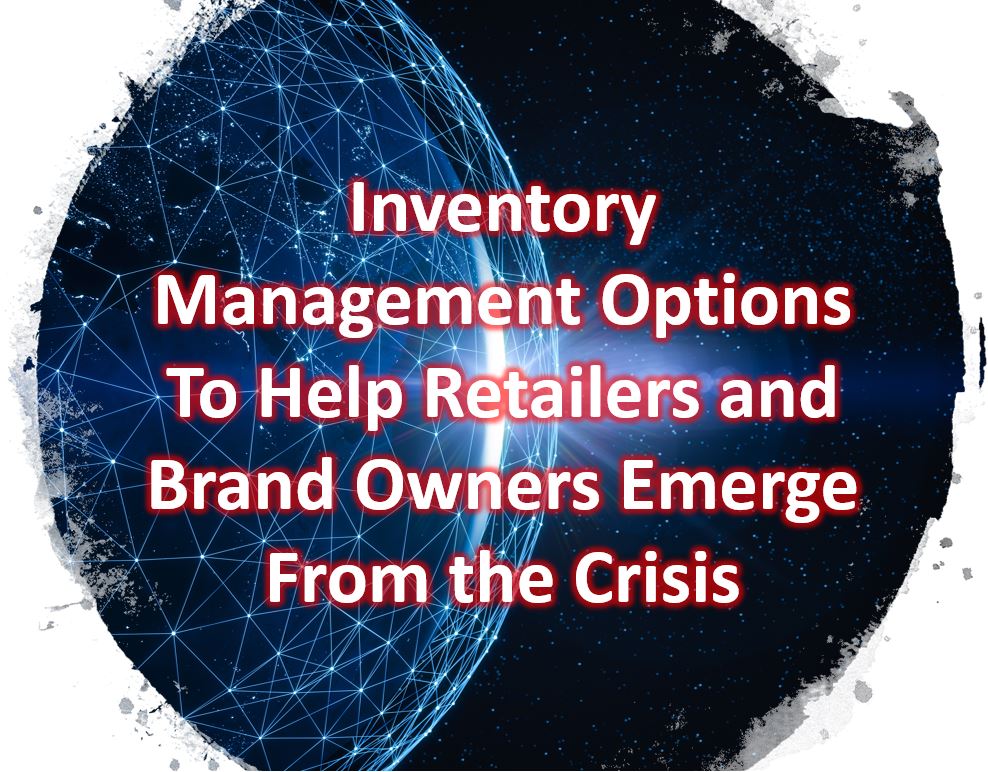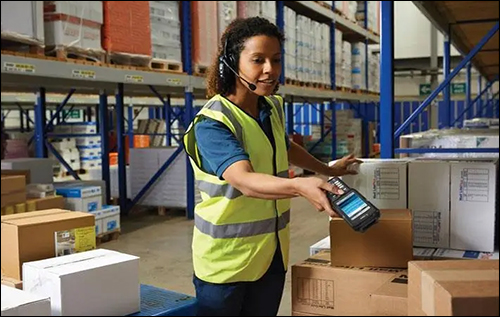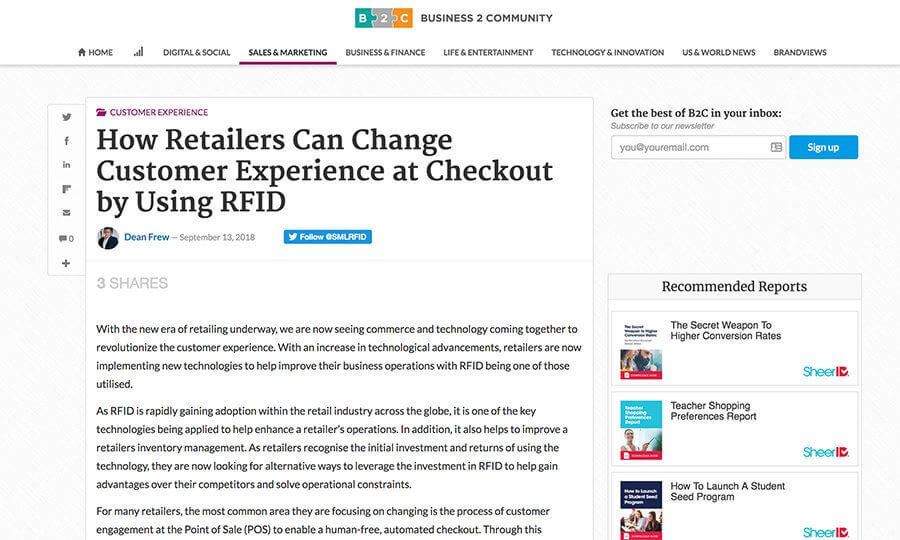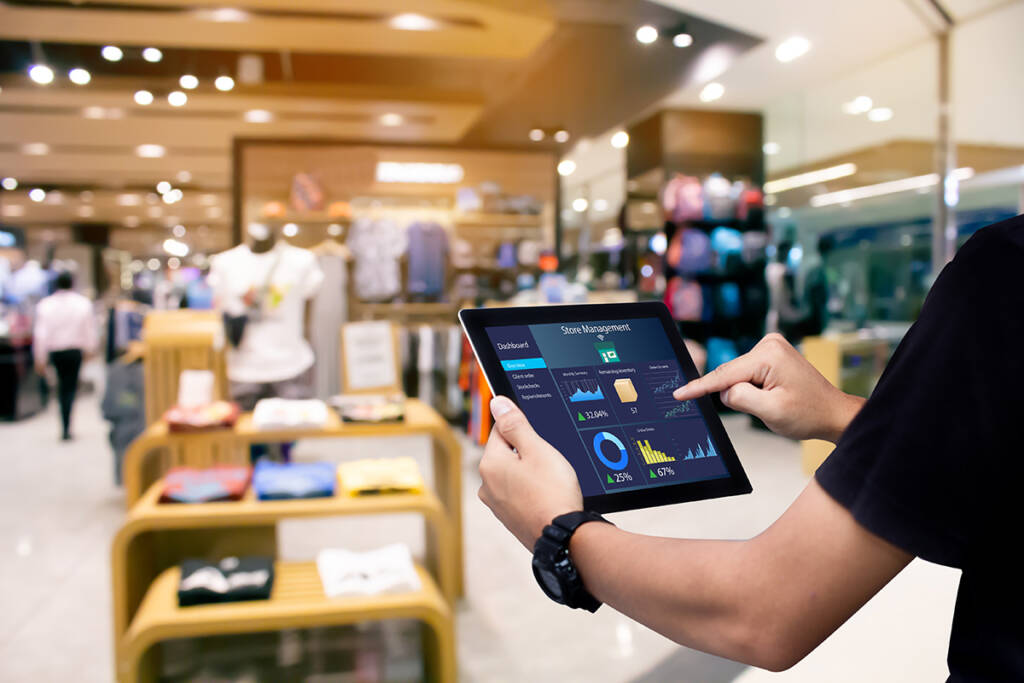Retailers, Brands Face Daunting Startup Due to Inventory Counts
Originally published on rfidjournal.com
That’s the estimate from RFID supply chain technology company SML Group, which has completed a survey of about 20 such retailers and brands regarding their reopening plans as pandemic quarantines lift throughout Asia, Europe and North American. SML’s survey indicates that bringing visibility back to the supply chain is the companies’ top priority.
When COVID-19 struck first China, and then Europe and North America, that three-billion-item pipeline emptied out, according to Dean Frew, SML’s CTO and senior VP of RFID solutions. Stores sold many of the goods they had available as the factories in China closed. However, due to the hasty nature by which quarantining began, goods collected at stores and warehouses, while other products have simply run out and need to be reordered. Therefore, in returning to business after two months of quarantine, many retailers are facing an unprecedented task of sorting, rerouting or marking down inventory that had been intended for sale months prior.
SML interviewed around ten companies each from North America and Europe, some of which are SML customers and some that aren’t, to understand what the apparel industry is most concerned about as it prepares for reopening. Inventory visibility isn’t the only concern, though, as stores and factories must also identify ways to provide customer and worker safety as they reopen their businesses.
Understanding what stock is in store fronts, however, as well as which opened or unopened boxes are in stock rooms or distribution centers, feels out of reach for most companies, the survey indicated. SML found that whether or not stores had deployed RFID technology, they all faced the task of getting a grasp on their inventory levels. In fact, Frew says, at least one company reported that it had hundreds of shipping containers loaded with goods that it had not yet opened.
Additionally, the sales model is changing as consumers are increasingly shopping from home. That, more often, means placing orders online and picking up products in stores or having them shipped directly to homes. Without inventory visibility, such purchases can be difficult to guarantee. So now, with quarantines lifting by region, the pressure is on for retailers and brands to sort through the inventory they have onsite and decide whether to put it on the store floor for sale, mark it down or send it back.
SML sorted the survey respondents into three categories: those already using RFID in their stores or supply chain, those that have RFID tags on their products but are not using the technology, and a third category in which companies have no RFID technology in use at all. The system required would vary, Frew says, and SML is offering solutions and advice for each of these three categories.
The technology company experienced the same production slowdown that the apparel market faced, Frew says, because its own factories in China stopped manufacturing its passive UHF RFID tags when the garment factories did. SML’s tag production has restarted in recent weeks, he reports, and the company has begun examining the challenges ahead for the apparel market. With that in mind, it launched the survey to understand what its existing and potential customers were facing. “We were trying to understand something that’s unprecedented,” he states. “That brought me to talk to these retailers.”
Retailers with RFID technology already operational at their stores have an advantage, Frew argues, since they are already beginning to perform stock counts. Since goods are tagged, employees can carry a handheld RFID reader around a store, storage room or warehouse and capture a real-time view into what is on hand. The stores can then set up the appropriate markdowns for goods that may be out of season, while rerouting products that won’t sell and ordering items not available for sale. With RFID, he notes, stores will be ready to quickly offer sales via “buy online, pickup in store” (BOPIS) or “ship from store” models.










